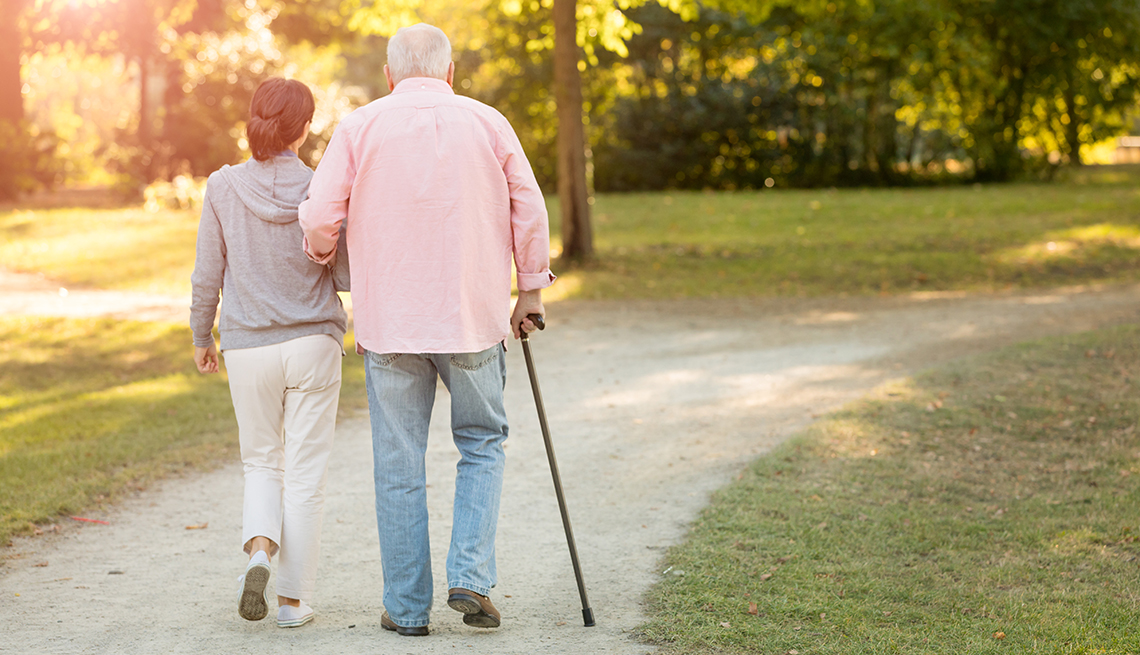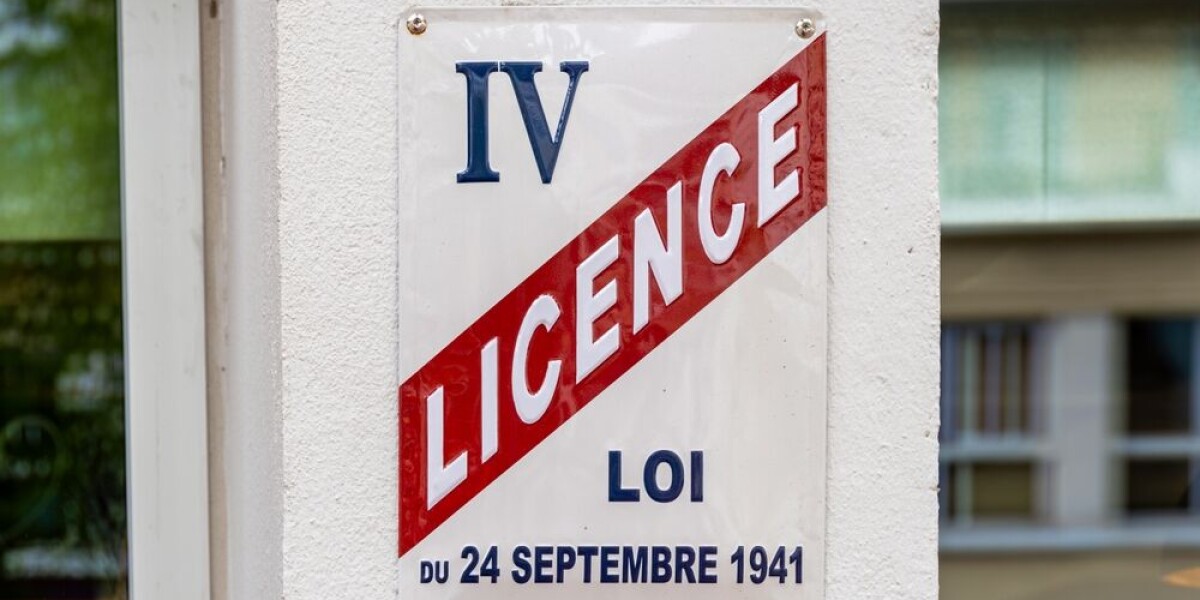
- Select a language for the TTS:
- UK English Female
- UK English Male
- US English Female
- US English Male
- Australian Female
- Australian Male
- Language selected: (auto detect) - EN
Play all audios:
PAY ATTENTION TO DIET. Dehydration can lead to weakness, so make sure your loved one stays hydrated and limits their alcohol use. If your loved one’s vitamin D level is low, the doctor might
encourage taking vitamin D every day. Or to improve bone density, a suggestion might include eating more calcium-rich foods, such as milk and yogurt. HOW TO PREVENT LOSS OF MOBILITY “The
best and most robust data that we have is that even increasing your physical activity a small amount every day can really have very powerful effects on older people’s physical function and
also prevent them from becoming disabled,” says Roger Fielding, a senior scientist with the Jean Mayer USDA Human Nutrition Research Center on Aging at Tufts University. It’s never too late
to start exercising, says Fielding, who studies how skeletal muscle mass functions as people age. “Even trying to walk 10 to 15 minutes, just at a comfortable pace, every day seems to help
prevent mobility decline,” he says. ADD STRENGTH TRAINING. Your local senior center or YMCA might offer classes like resistance exercise or strength training. “The biggest thing we know is
that even in very old people, the capacity of your muscles, your skeletal muscle, to adapt and respond to exercise, it doesn’t appear to be lost,” Fielding says. TRY TAI CHI. “They’ve ...
done studies on what kinds of exercises help, and the number one exercise is tai chi,” says Suzanne Salamon, associate chief of geriatric medicine at Beth Israel Deaconess Medical Center in
Boston. “And a lot of senior centers have tai chi classes. It builds up your muscle, and it helps balance.” Exercises that boost leg strength and balance are effective in helping prevent
falls in older adults, confirms a 2024 study published in the _Journal of the American Medical Association_. USE IT OR LOSE IT. Whatever you do, keep moving, Caruso says. “Stay as active as
possible, whatever that means for you. If that means taking a walk down your hallway three times a day and back, or if that means going out to a gym and working on cardio machines — whatever
that means for you to maintain your level of functioning, stay active.” Getty Images TRY A DEVICE. If your loved one already has mobility problems and function can’t be restored, it’s time
to talk about using a cane or walker, Reuben says. It can be a difficult discussion. “These are big psychological issues,” he says. “We’re used to being on two legs. There’s an old, very
famous riddle from ancient times: What walks on four legs in the morning, two legs in the afternoon and three legs at night? And it’s man: All fours as a child, two feet as an adult, and
with a cane as an elderly person. “What I frequently try to do,” he continues, “is frame it with patients [that] the purpose of these is to keep you out, keep you active, keep you mobile,
but doing so safely.” MAKE IT FASHIONABLE. If the idea of a cane is a hard sell, you can appeal to your loved one’s sense of style. “It’s starting to be fashionable now to use walking
sticks, the kind you use for hiking,” Salamon says. “And you can use either one or two, just like the hikers do. And I’ve had a few, not a lot, but a few patients who kind of perked up at
the idea of using a walking stick instead of a cane. Somehow, it doesn’t have the same connotation.” CONSIDER A WALKER. Medicare covers medical equipment, including walkers. Modern walkers
are both more attractive and more stable than older varieties, Salamon says. Some come with seats and baskets, four wheels and even hand brakes.




:max_bytes(150000):strip_icc():focal(903x465:905x467)/Amanda-Seyfried-mamma-mia-092624-adc12d0590ba402b9d819acbc323cdb6.jpg)
